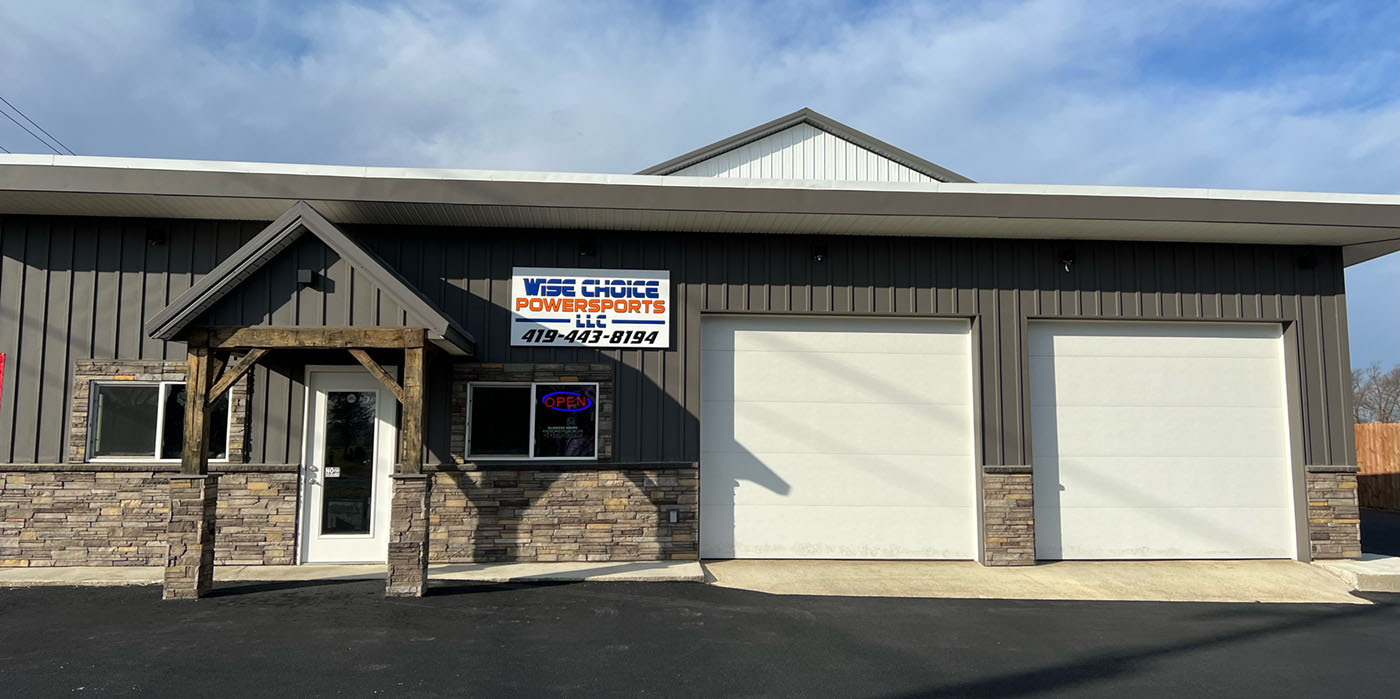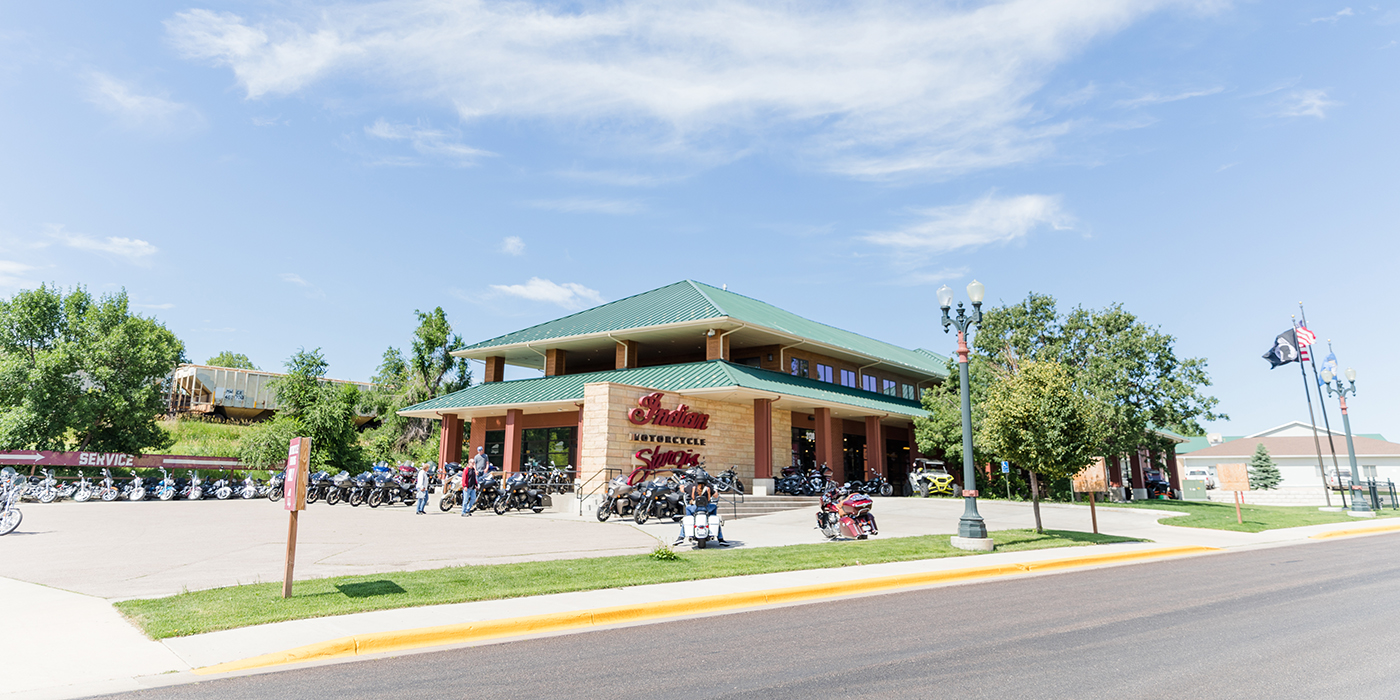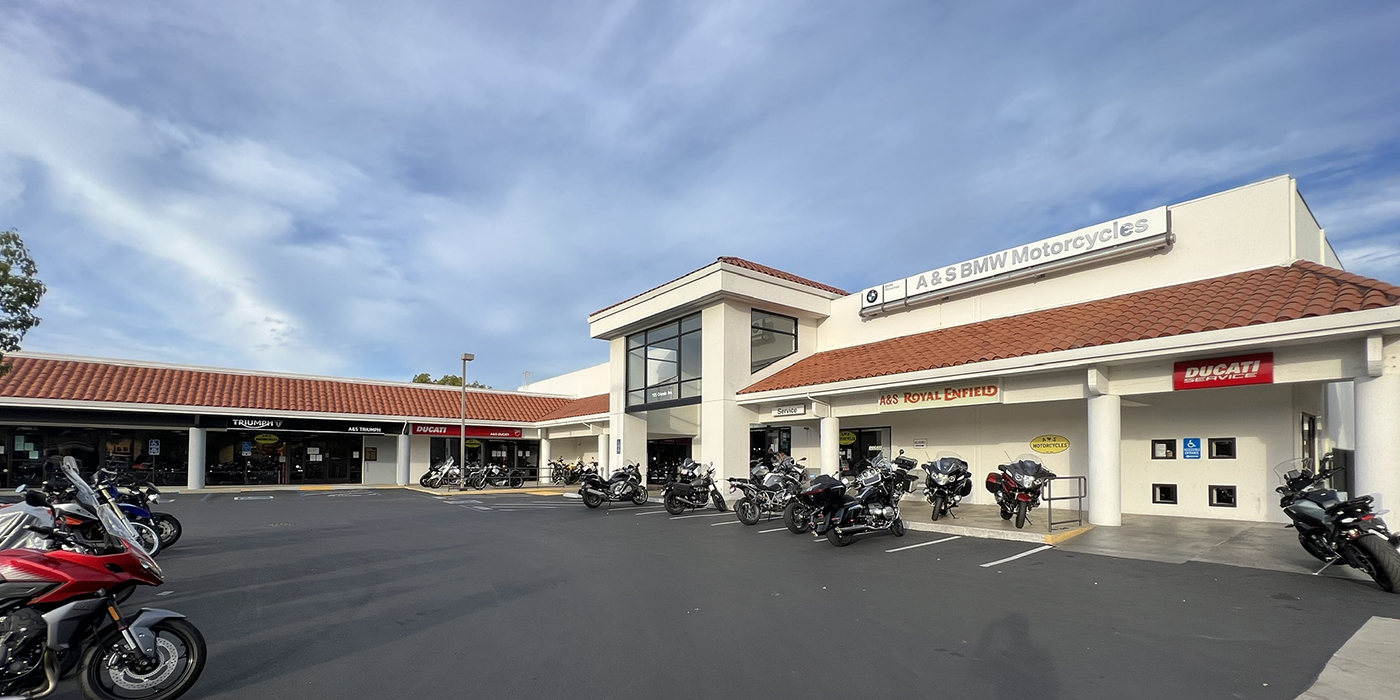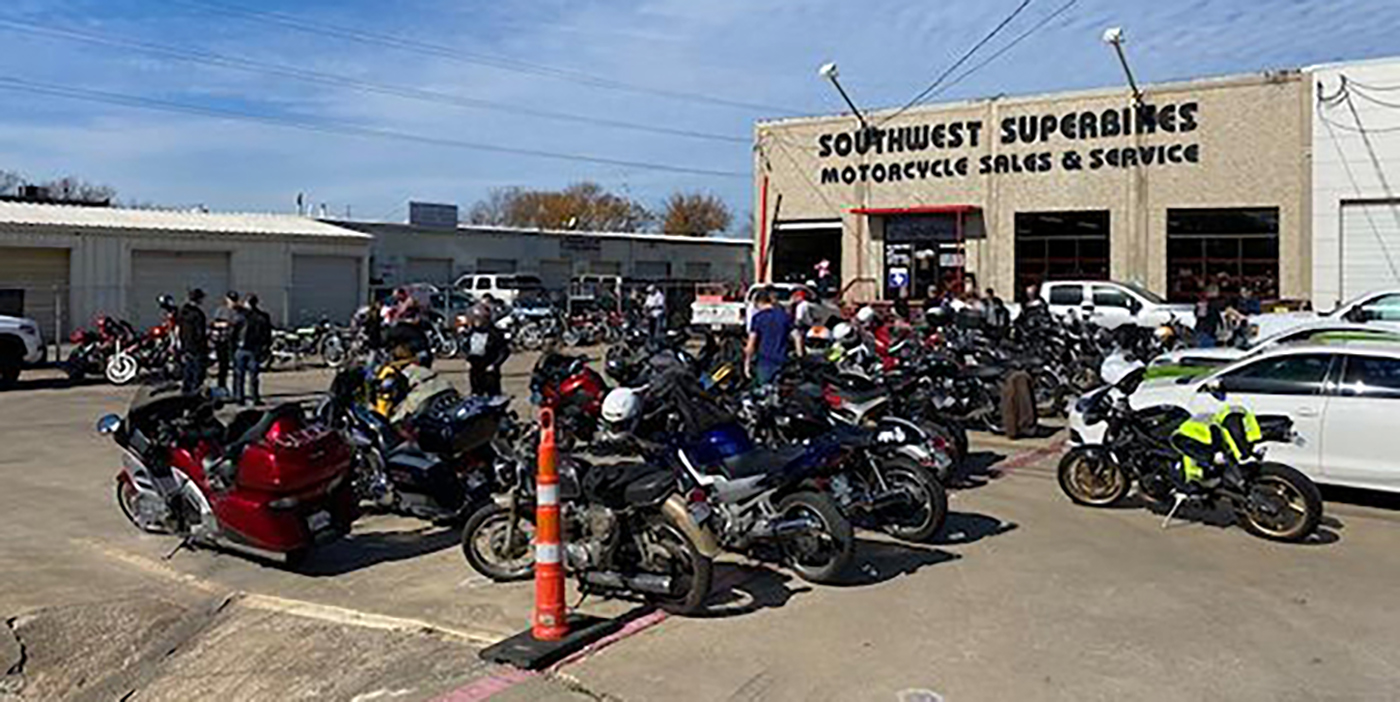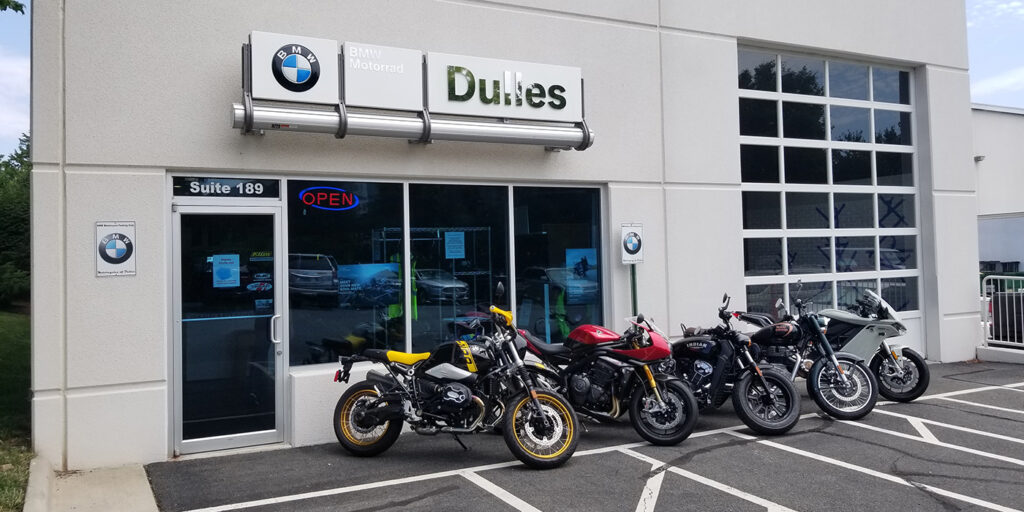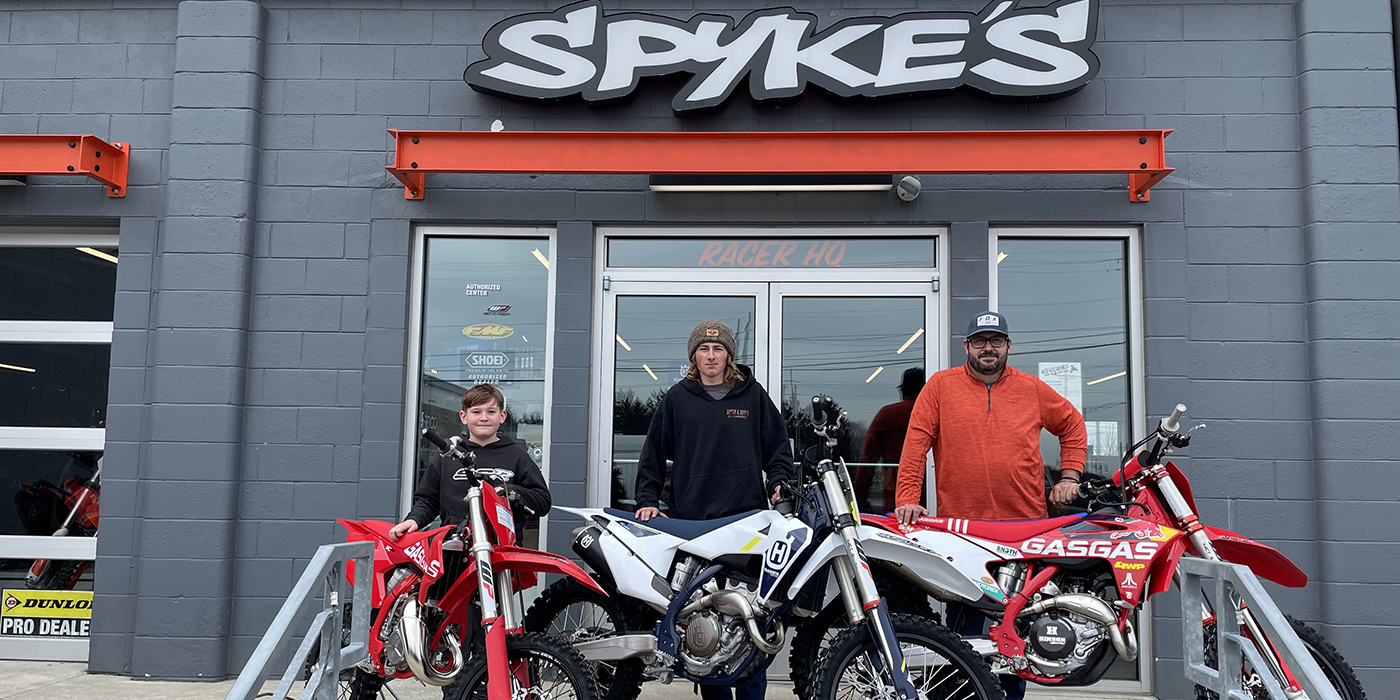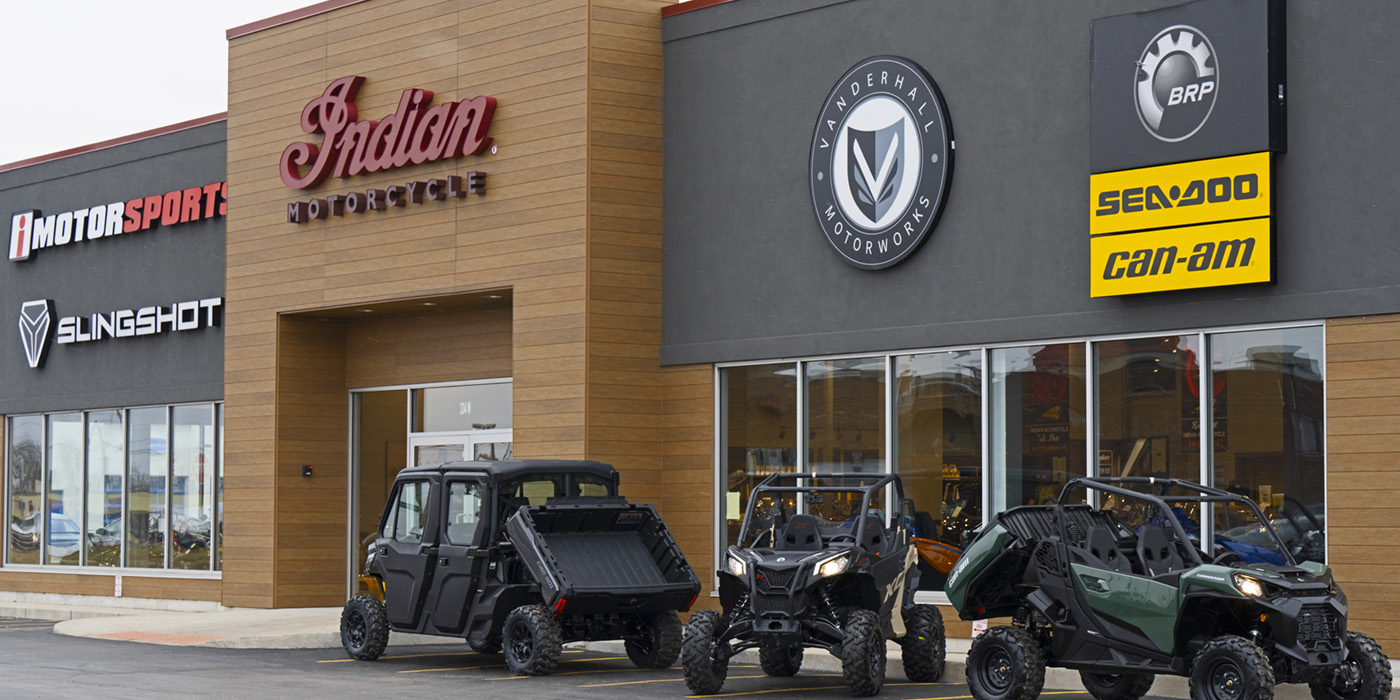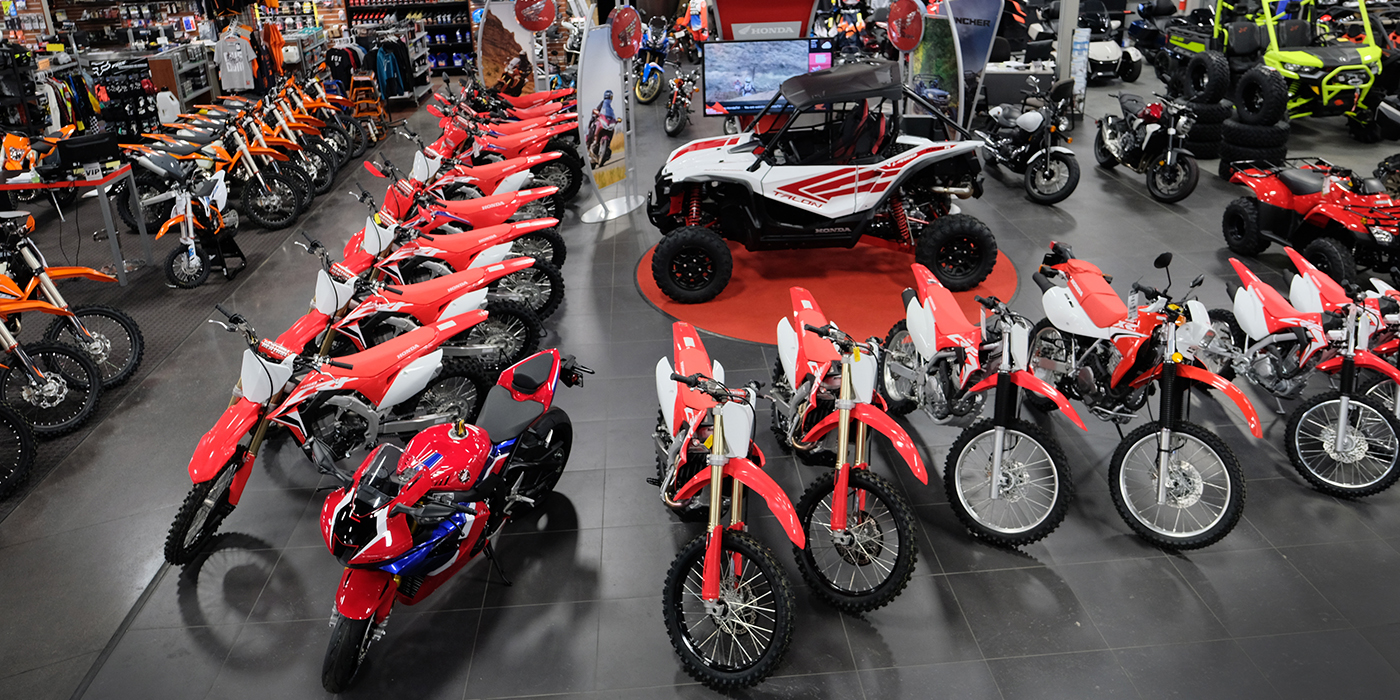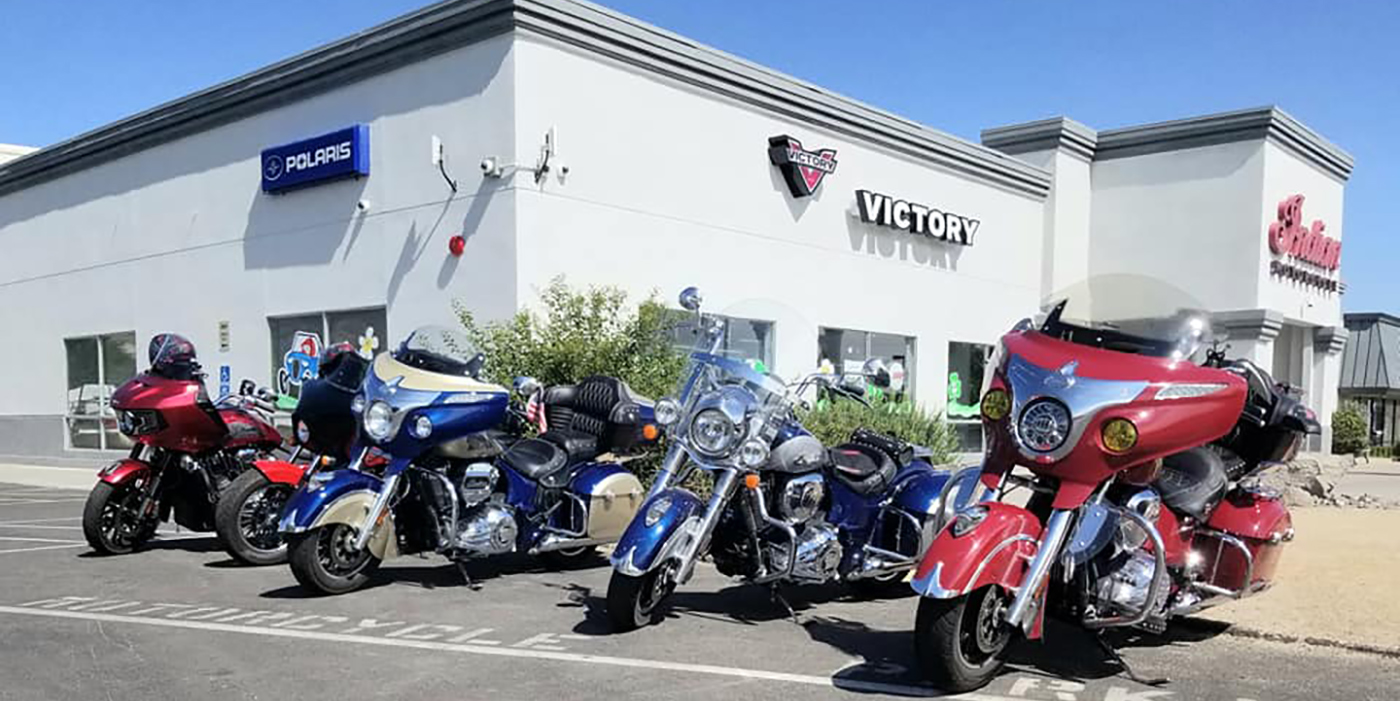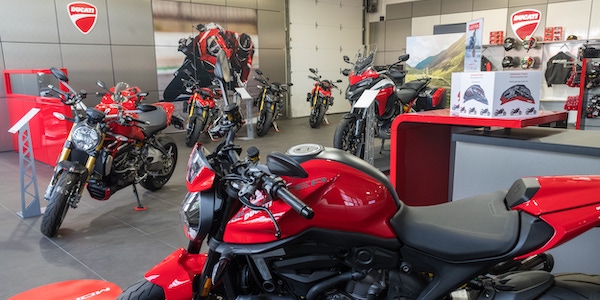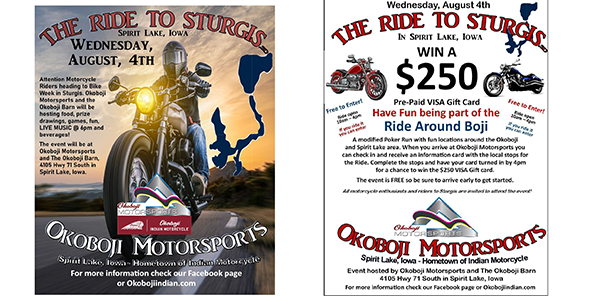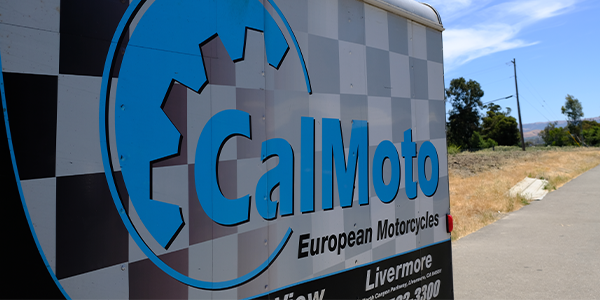As family farms turned to dust and Wall Street bankers pancaked on concrete, Tom Sifton was turning fast Harleys into black gold. The wunderkind tuner’s modified Harley engines were faster than the factory’s best in 1926, and he moved his shop to San Jose, Calif., to transform it into a full-line dealership in 1933.
What Sifton lacked in timing he made up in resourcefulness. While most motorcycle dealers were selling one or two bikes a year, he kept the doors open by servicing police motorcycles.
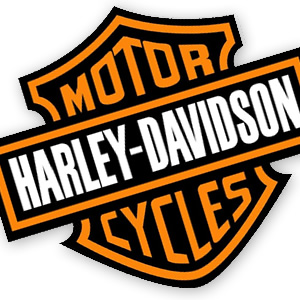 Sifton’s 1933 expansion was beyond bold. The motorcycle market virtually froze in the 1930s, with Harley-Davidson production dropping by 81 percent between 1929 and 1933. A Fresno H-D dealer did not sell a single motorcycle in 1933, and the entire Harley experimental department was consolidated from a large force to just one man.
Sifton’s 1933 expansion was beyond bold. The motorcycle market virtually froze in the 1930s, with Harley-Davidson production dropping by 81 percent between 1929 and 1933. A Fresno H-D dealer did not sell a single motorcycle in 1933, and the entire Harley experimental department was consolidated from a large force to just one man.
Sifton’s moves paid off in the long run, and he went on to found a highly successful motorcycle performance company, Sifton Motorcycle Products. Innovation in the face of long odds worked for him, and his engineering genius overcame the times. The same can be said for H-D during this time. Today, both H-D and its vendors face economic uncertainty, but remembering lessons they have learned in the past can reveal paths to the future.
Harley-Davidson survived the 1930s with a mix of dedication, ruthless marketing of clubs and racing, circus sideshow training programs, a flash of style, and engineering prowess. As the times turned from bad to worse, the company worked hard to minimize the impact on its employees, the company fostered a family atmosphere, and the leaders took care of their own.
“Basically, Harley-Davidson spread the pain,” says motorsports author Jerry Hatfield. “They cut everyone’s working hours and cut wages. They did both at least twice. In one round they cut everybody’s pay 10 percent, except the top four, who took a 20 percent cut.” The top four were, of course, Bill Harley Sr. and the three senior Davidsons.
Author Herbert Wagner chronicled the tale of Joseph Borgen, who was working in the riveting department at H-D. Borgen would come in to work and, if he could scrounge up parts, he could rivet components. If not, he was sent home. “My paychecks kept getting smaller and smaller until finally it got down to 92 cents for two weeks’ work,” Borgen told Wagner. “I’d have framed the check if I didn’t need the money so bad.”
While wages today are clearly more generous than those paid in the ‘30s, the cuts are no less painful. Roughly 850 people lost their jobs at the manufacturing plant in York, Pa., and more cuts are anticipated for 2010.
At the dealership level, similar cuts have been necessary. At the House of Harley in Milwaukee, manager John Schaller faced just such a dilemma when he needed to cut someone from his five-person MotorClothes division. When he told his employees about the dilemma, they came up with the idea to scale back to 32 hours so that all five could stay on. The numbers worked, Schaller agreed, and a job was saved. “Our people are the key to our success,” Schaller said. “Unselfish is the best word I have to describe them.”
Another way that Harley-Davidson dealt with the Great Depression was with Knuth’s Kollege, a heavily-promoted motorcycle maintenance training program. Ring-led by “Hap” Jameson, a well-known writer for The Enthusiast and a popular emcee at motorcycle events, the training was a mix of a sideshow circus and information riders desperately needed.
Today’s crop of riders is more in need of ride training than how to fix their bikes. While H-D has not invested as much effort into new programs, the Rider’s Edge safety training program is helping keep dealers profitable and riders’ rubber side down.
Before 1930, H-D’s international sales were huge; the domestic market simply didn’t purchase very many motorcycles, particularly because Henry Ford’s cars cost less and were more practical. Overseas sales made up 55.5 percent of H-D sales in the mid-’20s. Harleys were particularly popular in Australia and New Zealand where the rugged machines were the preferred two-wheeled mode of transportation.
In the early ‘30s, not only did The Motor Company’s domestic sales tank, but several foreign countries imposed import taxes as high as 50 percent. The result was a double-whammy of sales contraction. Opening the domestic market was paramount for H-D to fill the void. One of the tactics the company used effectively to sell motorcycles into the flat 1930s market was to encourage clubs and amateur competitions. The founders reasoned that if they could get Americans involved in the sport, they would sell bikes as well as parts. Clubs and amateur racing accomplished this goal nicely. H-D ruffled a few feathers with the way they strong-handed the American Motorcycle Association racing rules to favor their company, but they also not only were able to grow, they also steadily took market share from arch-competitor Indian.
For Harley in the 1930s, the loss of overseas sales meant opening the domestic market was key. In current times, the domestic market is about as mature as possible. The bikes are a cultural icon. While perhaps not everyone who wants a Harley-Davidson owns one, creating more demand is limited primarily to finding ways to finance buyers.
Craig Kennison, an analyst at Milwaukee’s Robert W. Baird & Co., watches H-D’s fortunes closely. He reflected on Harley-Davidson’s interest in increasing foreign sales during our economic downturn..
“Harley is not interested in surviving the recession,” Kennison says. “It plans to roll with the tough times and come out stronger. That means cutting production to get inventory in line, addressing its cost structure to compete in a smaller market, and building on the worldwide appeal of the Harley-Davidson brand.”
Curb appeal increases with style. The Motor Company did just that in 1933 by dumping the line’s dark green paint in favor of Art Deco colors and logos. Today, the company has livened up the line with its dark line of machines. Bikes like the Crossbones, Rocker, and the Forty-Eight bring a look that appeals to the younger demographic the company needs to attract for long-term survival.
These style-conscious changes were aimed at the domestic market, but Kennison adds that stylish bikes will need to be part of Harley-Davidson’s strategy overseas.
“Harley has a big opportunity in Europe, where its share is close to 10 percent — but it has to get the product right,” Kennison says. “The XR1200 it a step in that direction. We expect faster growth in emerging markets where Harley is an aspirational brand for consumers accumulating new wealth. Brazil, South Korea, and South Africa are hitting that inflection point. Over the next decade or more, Harley will expand in China and India, but it has only a handful of dealers in each market today.”
Author Dantar Oosterwal was the director of product development at H-D from ‘97 to ‘06. The MIT-educated engineer oversaw creation of several innovative new products including the V-Rod. Oosterwal wrote The Lean Machine, a book about his experience bringing a management and manufacturing philosophy called “Lean Product Development” to H-D.
“Tank graphics helped Harley-Davidson get through the Great Depression,” Oosterwal says, “but new product got people back into the dealerships.”
In 1930, H-D introduced the sidevalve-engined VL as an intended corporate savior. The engine was prone to failure. The company regrouped and, in 1936, introduced the overhead-valve sixty-one, better known as the Knucklehead, and it was this shining new piece of technology which helped propel H-D out of the Depression.
“I firmly believe that what drives companies is new product,” Oosterwal says. “The people at Harley are top-notch, and I know they have products in place to ensure their success.”
Oosterwal wouldn’t elaborate on the innovations lurking in the engineering department, though. Whatever new product cards Harley holds, the turnaround in the market appears to be arriving, as sales for 2010 are up from the dreadful 2009.
The company has thrived from the very beginning by smart cultivation of hard-working folks selling their products. “A major part of Harley-Davidson’s success [in the ‘30s] was an outstanding dealer network,” Herbert Wagner wrote in Harley-Davidson 1930–1941. The company pressured dealers to sell only Harley-Davidson and then supported them strongly.
Their dealer network was founded by guys like Frank Ulicki, a barrel-chested weekend racer working for a Harley dealership in Kenosha, Wis. When Frank’s boss was presented with an opportunity to run another dealership in Ohio, Ulicki was given the chance to take over the helm. He agreed, but he had to meet personally with Arthur Davidson before being allowed to purchase the place. He passed the test, and forked over about $250 to buy what is now Uke’s Harley-Davidson.
Frank’s grand-daughter, Brenda Ulicki, says the stories about the dealership’s Depression-era survival are legend at her dinner table. “His first sale on his first day was a nut he sold for four cents,” she says. “Times were tough, but he supported his family with the dealership.”
Frank went on to become a successful race promoter and owner of a likewise successful dealership. He fed his family through the economic crisis and beyond.
vHouse of Harley-Davidson’s Schaller can relate. He’s upbeat about his facility’s sales growth in the past few months and says that House of Harley continued to be profitable throughout the past few years.
“Recession brings opportunity,” he says. “You adapt or you fall behind.” His dealership has worked hard to keep people coming in the door, doing everything from selling parts on Amazon and eBay to making sure that customers who walk in the door are treated to good cheer and first-class service.
Schaller is proud of his group’s accomplishments, and he appreciates that success in the current environment is not a given.
“I truly say ‘thank you’ when I go to sleep each night,” he says. “I can’t say I got to sleep quickly.”
Herbert Wagner believes that the Great Depression helped H-D focus on its core market and develop a great product. “For all its agony, the Great Depression may have been a blessing in disguise for Harley-Davidson,” Wagner writes. “The years of coasting on the export market while neglecting the American enthusiast brought the chickens home to roost.”
While the economics of The Motor Company’s current situation are less dire than those it experienced 70 years ago, they are more complex. Financing, union labor, and changing demographics are all challenges the company will have to meet.
But it all comes down to product, and innovation on that front requires more than sexing up the line with flat black paint and crinkle-finish cases. Skin-deep improvement got the company through the worst of the Great Depression, but true innovation in the form of the 61 OHV Knucklehead was required to save the company in 1936. In order to stay competitive, the brand that made Milwaukee famous will need to take that hard-won history lesson to heart.

